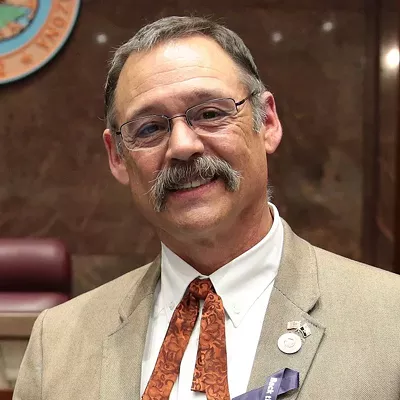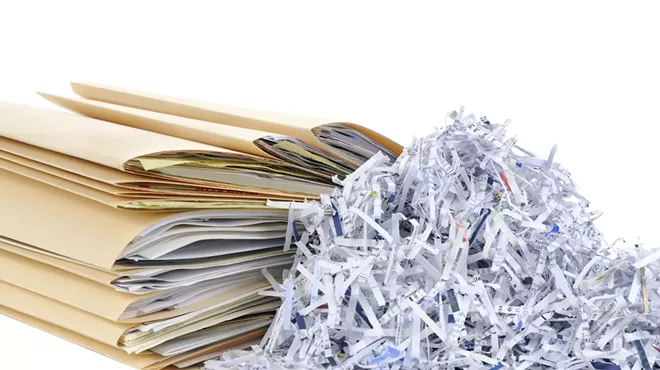Tuesday, May 19, 2015
Arizona Above National Average in People Without Stable Access to Food
A study recently published by Feeding America says that Arizona is above the national average in the percentage of people who don't get enough to eat. The number for the state is 17.5 percent, or roughly 1 in 5 people, and nationwide it's 15.8 percent.
(Keep in mind, yesterday most of you probably heard that the state will not allow families to get welfare more than one consecutive year, so if you haven't found a job in that timeline or are in an unstable economic situation more than once, you are shit out of luck according to the state Legislature and Gov. Doug Ducey.)
From The Associated Press:
The Community Food Bank of Southern Arizona says that in Pima County about 156,000 people don't have access to nutritional food. Statewide about half a billion dollars would be needed to meet the need, with $78 million for the county. (Check out the interactive map, Map the Meal Gap. It has data from 2009 to 2013.)
There is also info on hunger rates among children: there are close to half a million kids in the state who live in a household that doesn't have stable access to food.
More from a Community Food Bank press release:
(Keep in mind, yesterday most of you probably heard that the state will not allow families to get welfare more than one consecutive year, so if you haven't found a job in that timeline or are in an unstable economic situation more than once, you are shit out of luck according to the state Legislature and Gov. Doug Ducey.)
From The Associated Press:
Policy analysts say most states impose a five-year lifetime limit, while 13 states limit the benefits to two years or less.
Arizona's Republican-led legislature made the cuts to make good on the governor's pledge to avoid tax increases.
It means at least 1,600 Arizona families will lose their welfare starting in July.
Welfare is federally funded, but Gov. Doug Ducey's office called the cuts necessary to protect taxpayers and elementary education as the state faces a $1 billion budget deficit.
The Community Food Bank of Southern Arizona says that in Pima County about 156,000 people don't have access to nutritional food. Statewide about half a billion dollars would be needed to meet the need, with $78 million for the county. (Check out the interactive map, Map the Meal Gap. It has data from 2009 to 2013.)
There is also info on hunger rates among children: there are close to half a million kids in the state who live in a household that doesn't have stable access to food.
More from a Community Food Bank press release:
The Community Food Bank of Southern Arizona services five of Arizona’s counties: Pima, Santa Cruz, Graham, Greenlee, and Cochise. According to the map, there are more than 171,000 individuals in need across this 23,000 square-mile service area. By using a quantifiable and data-driven approach to addressing hunger, the information contained within the Map the Meal Gap is essential to assessing emergency assistance programs, informing public policy discussions, and engaging community leaders in the fight against hunger.“The study will help identify those in our service area who are most in need. By being responsive to the unique, local conditions in Southern Arizona, we can better tailor services to make sure children and families are receiving ample assistance," said a statement by Michael McDonald, CEO at the Community Food Bank. “The release of the Map the Meal Gap comes at a time when we’re looking for ways to better serve even more people in Southern Arizona. It will be an extremely useful tool in determining the future direction of programming and response to food-related needs in our community.”
Tags: community food bank of southern arizona , feeding america , map the meal gap , hunger , pima county














